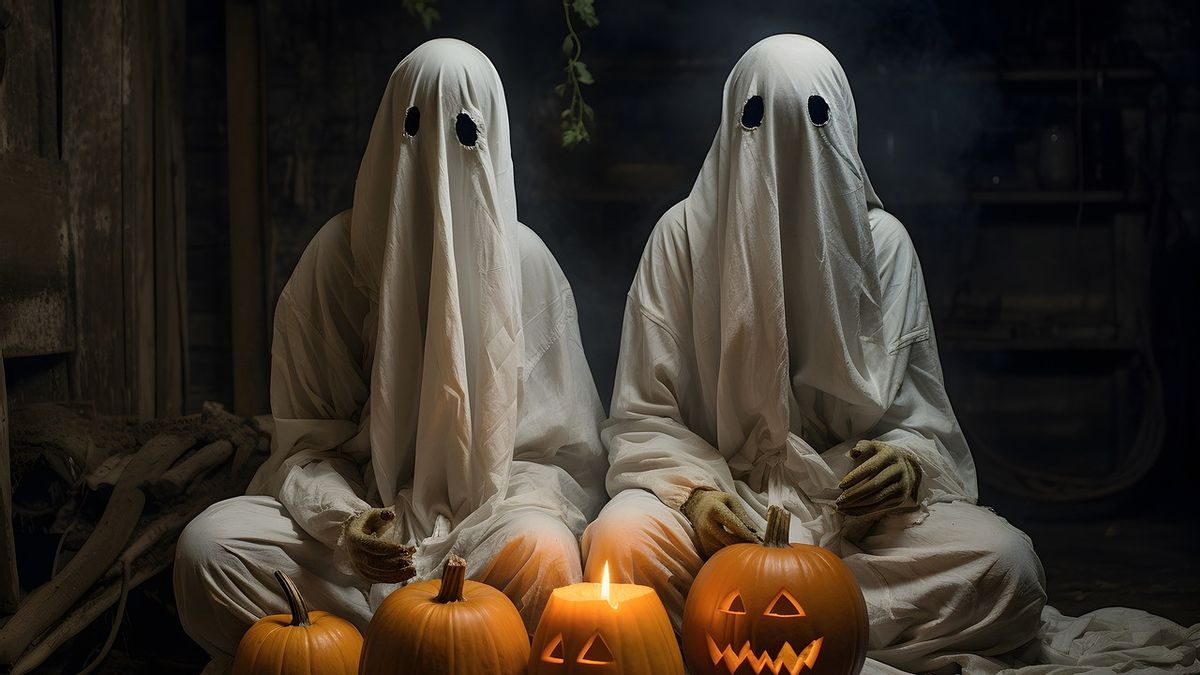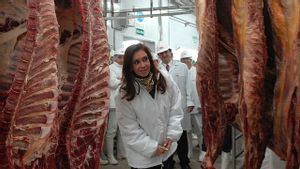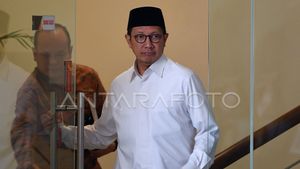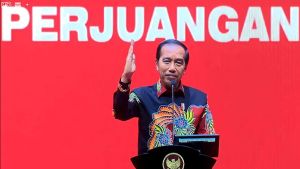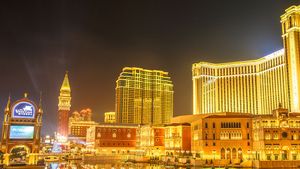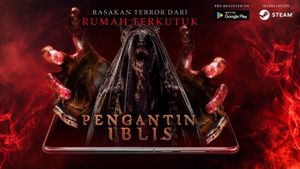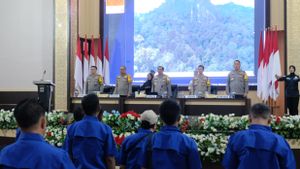JAKARTA - Currently around the world, including Indonesia, is in a trend of celebrating Halloween. What exactly is Halloween and since when is it a celebration?
Halloween stands for All Hallows Eve, a holiday that is celebrated on October 31, the night before All Saints or All Halllows.
This celebration marks the day before the Western Christian version of the All Saints and begins the Allhallowtide season, which lasts for three days and ends with All Soul's Day. In much of Europe and mostly North America, Halloween celebrations are non-religious.
Halloween begins with the Samhain festival among the Celtic Nations in ancient Scotland and Ireland. On the day that coincided with November 1 in the contemporary calendar, it is believed to be the beginning of the new year. The date is considered the beginning of winter, when livestock are released into the desert and land ownership is renewed.
During the Samhain festival, the spirit of the deceased is believed to be returning to visit their homes. Those who died that year are believed to be traveling to other worlds.
People ignitenacribing flames on the top of the hill to relight their hearers in winter and to scare evil spirits. Sometimes they wear masks and other disguises so as not to be recognized by the ghost who is thought to be present.
That way creatures such as magicians, cali, and demons are associated with that day. This period is also considered favorable for forecasting things such as marriage, health, and death.
When the Romans conquered the Celtics in the 1st century AD, they added their own festival, Feralia, to commemorate the spirits of the dead, and Pomona which is Dewi Panen's holiday.
In the 7th century AD Pope Bonifasius IV set the day of All Saints, originally on May 13, to November 1. The move is said to be an attempt to replace infidels into Christian celebrations until now. The evening before the day of All Saints became a holy night, which is now known as Halloween.
By the end of the Middle Ages, secular days and holy days had merged. Reform basically ended religious holidays among Protestants, although in England, especially Halloween, it was still celebrated as a secular holiday.
Along with other celebrations, Halloween was largely banned among the early American colonialists, although in the 1800s it developed a festival that marked the harvest and included elements of Halloween. When large numbers of immigrants, including the Irish, went to the United States from the mid-19th century, they brought along Halloween customs.
In the 20th century Halloween became one of the main US holidays, especially among children. As a secular holiday, Halloween is associated with a number of activities. One of them is the practice of doing jokes that are usually harmless.
People wear masks and costumes during parties and trick-or-treats, which are thought to stem from practices in the UK allowing poor people to beg for food, called symptomatic cones'.
Since the mid-20th century, the United Nationsf Children's Fund (UNICEF) has sought to make the collection of money for its programs part of Halloween celebrations.
VOIR éGALEMENT:
The English, Chinese, Japanese, Arabic, and French versions are automatically generated by the AI. So there may still be inaccuracies in translating, please always see Indonesian as our main language. (system supported by DigitalSiber.id)
